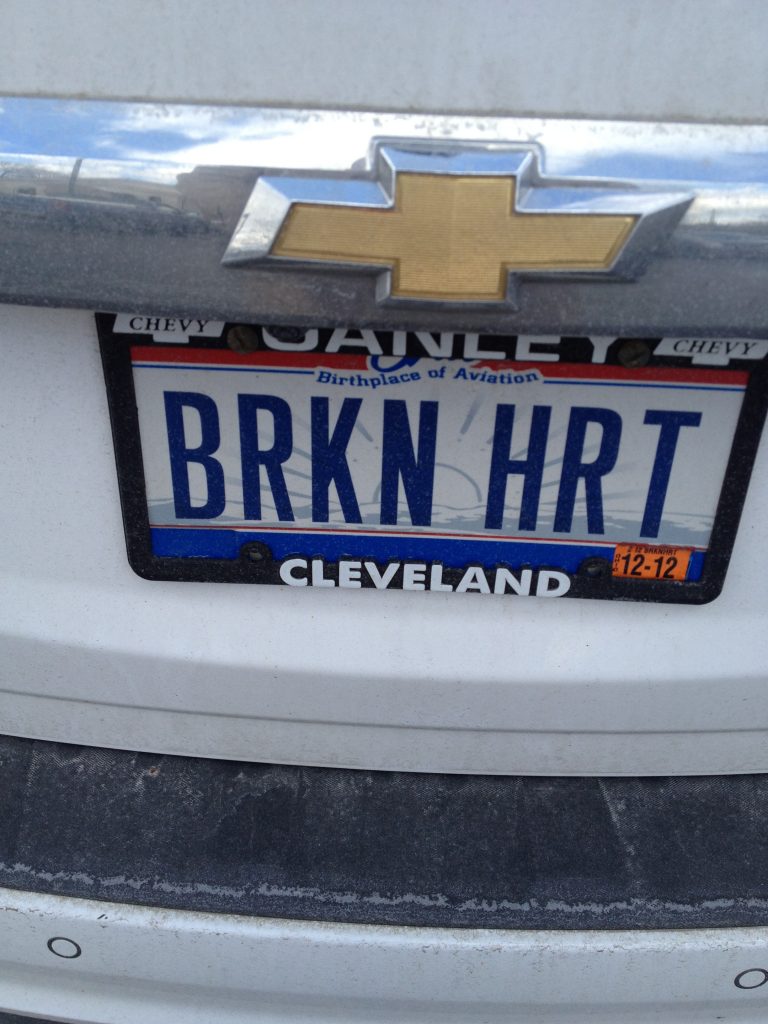
U.S. Suicide Rates Are the Highest They’ve Been Since World War II
JAMIE DUCHARME reported in the TIME MAGAZINE JUNE 20, 2019 edition news that we might really be able to do something about that’s merely at the end of our our own hands and beats regularly, steadily in our own hearts. . .
U.S. suicide rates are at their highest since World War II, according to federal data—and the opioid crisis, widespread social media use and high rates of stress may be among the myriad contributing factors.
In 2017, 14 out of every 100,000 Americans died by suicide, according to a new analysis released by the Centers for Disease Control and Prevention’s National Center for Health Statistics. That’s a 33% increase since 1999, and the highest age-adjusted suicide rate recorded in the U.S. since 1942. (Rates were even higher during the Great Depression, hitting a century peak of 21.9 in 1932.)

“I don’t think there’s a one-size-fits all reason” since there’s almost never a single cause of suicide, says Jill Harkavy-Friedman, vice president of research at the American Foundation for Suicide Prevention, a nonprofit that supports suicide prevention research, education and policy. “I don’t think there’s something you can pinpoint, but I do think a period of increased stress and a lack of a sense of security may be contributing.”
It’s even more difficult to assign causes to the uptick, Harkavy-Friedman says, because it’s happening across diverse demographic groups. Men have historically died by suicide more frequently than women, and that’s still true: As of 2017, the male suicide rate was more than three times higher than the female rate. But female suicide rates are rising more quickly—by 53% since 1999, compared to 26% for men—and the gap is narrowing. For both genders, suicide rates are highest among American Indians and Alaska natives, compared to other ethnicities, and when the data are broken down by age group, the most suicide deaths are reported among people ages 45 to 64—but nearly every ethnic and age group saw an increase of some size from 1999 to 2017.
Youth suicide is becoming an especially pressing problem, with rates rising more rapidly among boys and girls ages 10 to 14 than in any other age group. A separate research letter published June 18 in JAMA found that youth suicide rates are at their highest point since at least 2000.
The JAMA letter doesn’t identify causes of the youth uptick, but first author Oren Miron, a research associate in biomedical informatics at Harvard Medical School, has two theories.
Opioid use, he says, has been shown to drive suicidal behavior among drug users and their children and families, and so recenthigh rates of drug abuse and overdose may be tied to rising suicide rates. The opioid epidemic may harm entire communities’ mental health, Miron says. “The entire community is bleeding. Kids see less of a future, they see more of their friends dying,” Miron says. “This might give us just one more reason to crack down on” substance misuse.
His second theory is that social media may be contributing to rising suicide rates, particularly for young people. “We know that now it’s used in younger ages and more intensively, and we also see some new apps that allow more anonymity, which in turn allows more bullying and more kids talking about suicide without their parents knowing,” he says. Heavy social media use may also lead to fewer meaningful in-person interactions—which can protect against mental health issues and suicidal behavior—and encourage unhealthy comparison with others.
One other possibility, says Harkavy-Friedman, is that suicide may be better reported and identified today than in years past, as people pay closer attention to mental health issues.
Though suicide is always complicated at both the individual and national levels, help is available. Experts encourage those struggling with suicidal thoughts to confide in a trusted friend or family member, speak with a health care provider, or seek care at an emergency room in cases of immediate danger.

The very first step in saving a Pulse
IS
FEELING
ONE
Reach OUT
Let your hand be the one
that’s FOUND by ONE
Who’s reaching out blindly
to grasp a lifeline
Let them know
when they can’t feel
THERE’S A TOUCH
(Y O U R ‘ S)
If you or someone you know may be contemplating suicide, call the National Suicide Prevention Lifeline at 1-800-273-8255 or text HOME to 741741 to reach the Crisis Text Line. In emergencies, call 911, or seek care from a local hospital or mental health provider.